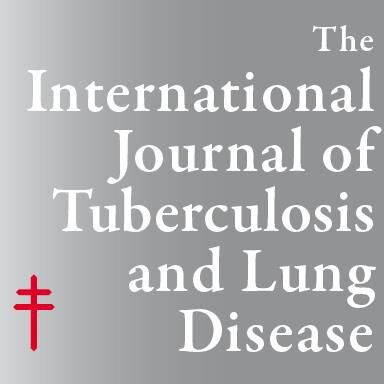Meta-analysis of Indian studies evaluating adenosine deaminase for diagnosing tuberculous pleural effusion

Citation: Aggarwal, A. N., Agarwal, R., Sehgal, I. S., Dhooria, S., & Behera, D. (2016). Meta-analysis of Indian studies evaluating adenosine deaminase for diagnosing tuberculous pleural effusion. The International Journal of Tuberculosis and Lung Disease : The Official Journal of the International Union against Tuberculosis and Lung Disease, 20(10), 1386–1391. https://doi.org/10.5588/ijtld.16.0298
Abstract: OBJECTIVE: To determine the diagnostic accuracy of pleural fluid adenosine deaminase (ADA) in diagnosing tuberculous pleural effusion (TPE) among Indian patients using systematic review and meta-analysis.
DESIGN: The PubMed, Embase, IndMED and Cochrane databases and other relevant publications were searched to identify Indian studies evaluating the sensitivity and specificity of ADA in diagnosing TPE. Pooled diagnostic accuracy measures and 95% confidence intervals (95%CI) were generated using a bivariate random-effects model, and examined using forest plots and hierarchical summary receiver operating characteristic (HSROC) curves.
RESULTS: Forty publications with 3524 patients were studied. Pooled sensitivity, specificity and diagnostic odds ratio estimates were high (0.94, 95%CI 0.89–0.96; 0.89, 95%CI 0.83–0.93; and 119.85, 95%CI 48.35–297.08, respectively). The area under the HSROC curve was 0.966. The most common ADA threshold was 40 international units (IU)/l in 18 studies. Pooled positive and negative likelihood ratios for thresholds between 38 and 42 IU/l were respectively 6.80 (95%CI 4.18–11.07) and 0.06 (95%CI 0.03–0.11). There was no clear change in diagnostic performance with increasing ADA thresholds. Multivariate meta-regression did not reveal any factor that significantly influenced the substantial heterogeneity between studies.
CONCLUSION: Pleural fluid ADA has good diagnostic accuracy for TPE in Indian patients, and appears more useful at excluding TPE at a threshold value of around 40 IU/l.
DESIGN: The PubMed, Embase, IndMED and Cochrane databases and other relevant publications were searched to identify Indian studies evaluating the sensitivity and specificity of ADA in diagnosing TPE. Pooled diagnostic accuracy measures and 95% confidence intervals (95%CI) were generated using a bivariate random-effects model, and examined using forest plots and hierarchical summary receiver operating characteristic (HSROC) curves.
RESULTS: Forty publications with 3524 patients were studied. Pooled sensitivity, specificity and diagnostic odds ratio estimates were high (0.94, 95%CI 0.89–0.96; 0.89, 95%CI 0.83–0.93; and 119.85, 95%CI 48.35–297.08, respectively). The area under the HSROC curve was 0.966. The most common ADA threshold was 40 international units (IU)/l in 18 studies. Pooled positive and negative likelihood ratios for thresholds between 38 and 42 IU/l were respectively 6.80 (95%CI 4.18–11.07) and 0.06 (95%CI 0.03–0.11). There was no clear change in diagnostic performance with increasing ADA thresholds. Multivariate meta-regression did not reveal any factor that significantly influenced the substantial heterogeneity between studies.
CONCLUSION: Pleural fluid ADA has good diagnostic accuracy for TPE in Indian patients, and appears more useful at excluding TPE at a threshold value of around 40 IU/l.
Author(s): The International Journal of Tuberculosis and Lung Disease
Year: 2016
Language: English
Region(s): INDIA
Resource Type: Journal Articles
Source: Other
Filed under: ADA, adenosine deaminase, Analysis, India, Journal Article, Research, Review, TB patients
